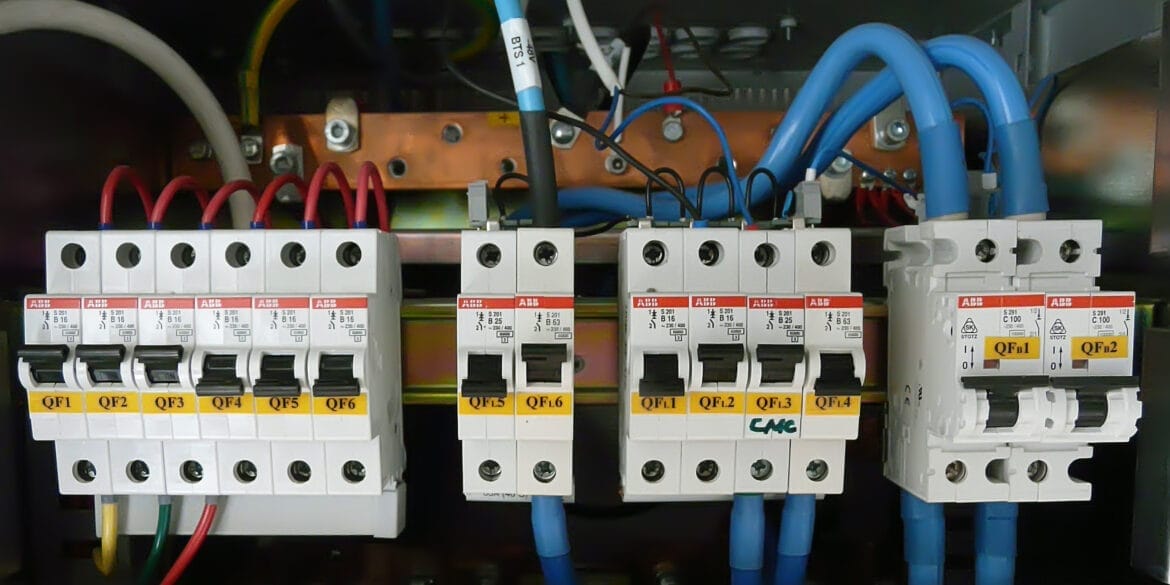The following rules are based on Australian and New Zealand rules and conditions.
What are the voltage drop limits for LV installations?
Section 3.6 in AS/NZS 3000:2018 covers the rules for Voltage Drop in low voltage installations.
The voltage drop between the point of supply for the low voltage electrical installation and any point in that electrical installation must not exceed 5 % of the nominal voltage of the point of supply.
Where the point of supply is the low voltage terminals of a substation located on the premises containing the electrical installation and dedicated to the installation, the permissible voltage drop may be increased to 7 %.
For stand-alone systems that are designed such that the combination of the output voltage from the source, together with the voltage drop within the installation, does not result in the utilisation voltage of the low voltage equipment to fall more than a total of 11 % of the nominal supply voltage under normal conditions.
| Any low voltage electrical installation | Must not exceed 5% voltage drop |
| Where there is a substation located on the premises | Must not exceed 7% voltage drop |
Rules of thumb
The following voltage drop limits can be used as a guide to assist with design.
| Consumers mains | allow 0.5% voltage drop |
| Sub-mains | allow 1.5-2% voltage drop |
| Final subcircuits | allow 2.5% or up to the prescribed limit considering the upstream circuits |
What are the voltage rise limits for solar?
The limit for voltage rise is 2 % from the inverter to the connection point as per Standard AS/NZS 4777.1:2016.
The maximum DC voltage drop limit is quoted in AS/NZS 5033:2014 as 3%
| Voltage rise (AC) | Must not exceed 2% |
| Voltage drop (DC) | Must not exceed 3% |







